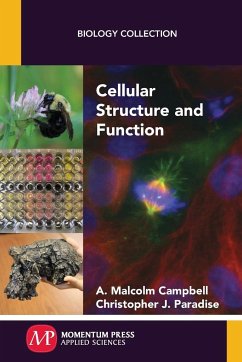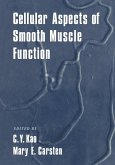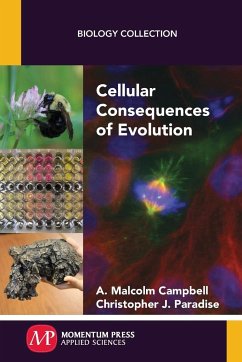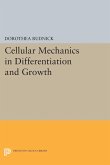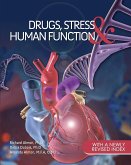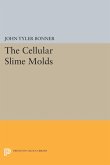All organisms are composed of cells, but what is the definition of a cell? Can size, shape or function be used to distinguish cells from non-living biological systems such as a virus? Whatever the definition of a cell is, it can probably be contradicted by cells with unusual characteristics. For example, there are cells as long as a giraffe's neck while others are smaller than a mitochondrion. Sometimes it is hard to know the difference between an animal and a plant cell. Despite their diversity of shapes and sizes, cells are small-most of the time. Why has natural selection favored small cells? Would it be possible for big organisms to have big cells? It would seem safe to say viruses are small, except some are quite large. In the end, this book will provide evidence that cells are difficult to characterize and define even though they are the foundation of all living things.
Hinweis: Dieser Artikel kann nur an eine deutsche Lieferadresse ausgeliefert werden.
Hinweis: Dieser Artikel kann nur an eine deutsche Lieferadresse ausgeliefert werden.

